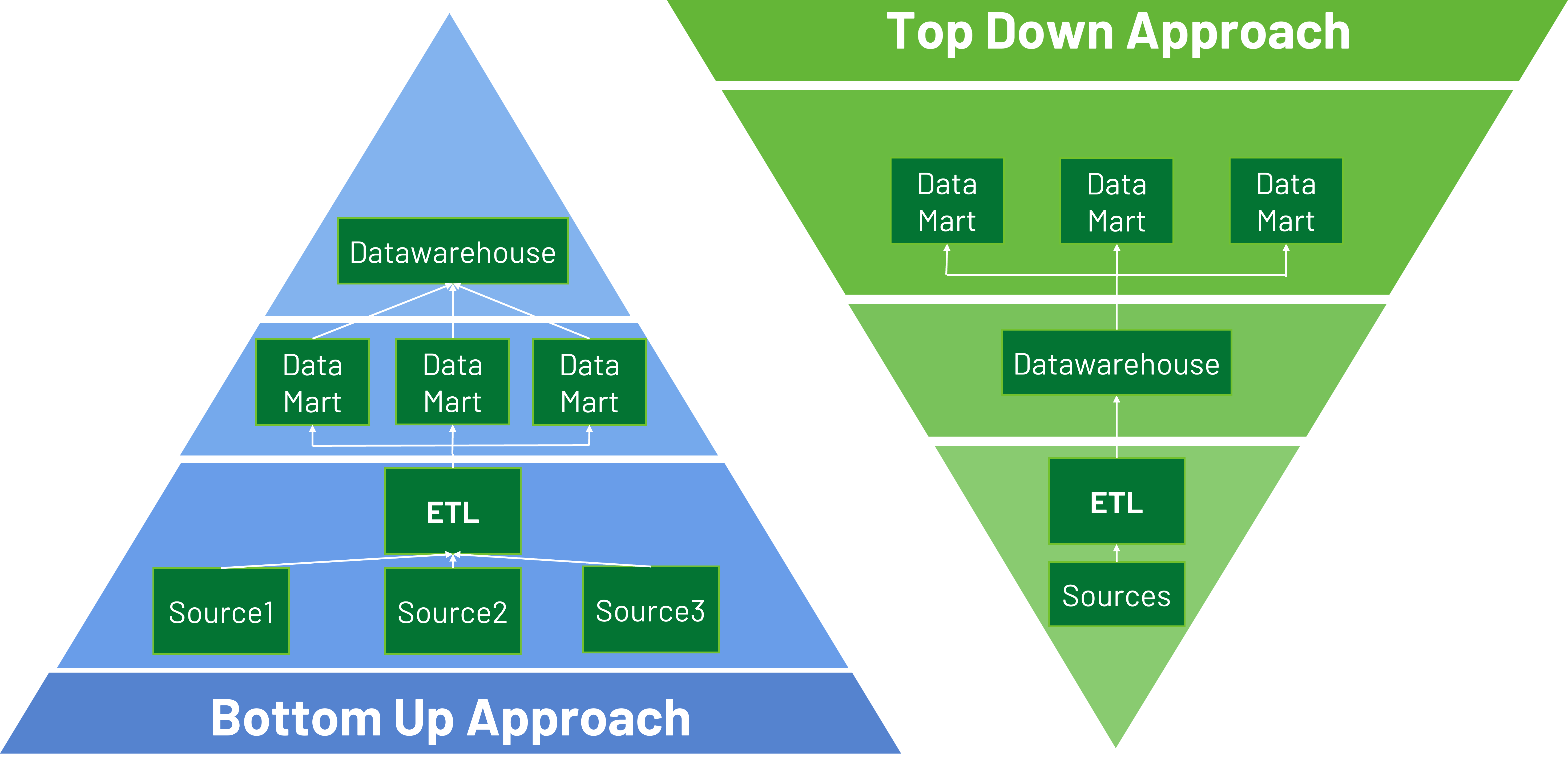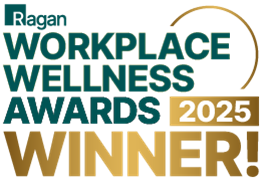
Having a well thought out digital strategy can go a long way to helping your business reach its reporting and overall business goals. For a growing business it is especially important to have a simple and scalable digital strategy, as relying on reporting from different 3rd party business software could result in blind spots in reporting. Sapling has helped numerous clients build in-house database solutions to satisfy their reporting needs, and drive insights from their data.
The first layer of your digital strategy starts with the right ERP, for your accounting, invoicing or production management needs. Often in growing companies, management relies on multiple systems, such as an industry specific production management software combined with QuickBooks for accounting and invoicing. Enterprises who are willing to invest more upfront typically prefer an all encompassing business software such as Dynamics 365 or SAP. While the second strategy is considered a best practice for building your database, it requires a lot of planning and may be not flexible enough for every business. Either choice is viable and scalable. So, what are the options for your data warehouse in either of these scenarios?
There are two kinds of database architectures, bottom-up (Exhibit 1.a) and top-down (Exhibit 1.b). For all-encompassing ERPs like Dynamics 365, most of the work is done during ERP implementation which results in a relational database with records from all your sub-divisions, called a top-down architecture. You might still need to create additional databases to report on the data, called data marts, if the main database is too cumbersome to work with. Depending on your choice of software the server will be on premises or in the cloud. The cloud option is more scalable for future growth, while other localized businesses may prefer to keep their databases on premises.
If your company has multiple ERPs, the database architecture will follow a bottom-up approach. This means that data is initially stored on various locations, such as your accounting software and production management software. It is then combined into a single relational database, using data transformation processes like ETLs (Extract, Transform, Load). The data from the combined database can be used to report on the whole business, utilizing the related data sets across your subdivisions. In this case, you have an option to store your main data base as well as ETL processes in cloud or on premises. Cloud in most cases is the better option as it is easily scalable as your data size grows with your business. Also, they can accommodate new software, ETL processes seamlessly.
 Exhibit 1: Top down and bottom up database architectures.
Exhibit 1: Top down and bottom up database architectures.
A Case Study on Building a Cloud IT Infrastructure
Sapling was approached by a business to build an automated warehouse for reporting in a bottom up architecture scenario. The business relied on QuickBooks for their accounting and an industry specific ERP to track their services. Using Microsoft Azure, Sapling created a cloud IT infrastructure for the business, which consisted of Virtual Machines to host ETL processes and a main relational database which the business used for their reporting. Working with the 3rd party ERP providers Sapling automated data extraction and in turn enabled the business to track important metrics they had no reporting on such as lost customers.
In conclusion, businesses have three main decisions to make for their IT infrastructure; the ERPs they are going to use, the best fit database architecture, and cloud vs. on premises. The choice of ERP will be specific to your current state of business. Consider implementing a comprehensive ERP system if you have the resources to do so; however, using a combination of division-specific software is also a viable option. Growing companies using multiple software stand to gain the most from a well-planned digital strategy. Using a bottom-up database architecture companies can consolidate and simplify their reporting to one database. Hosting in the cloud allows the infrastructure to scale easier, especially when the business is expanding to new physical locations.



